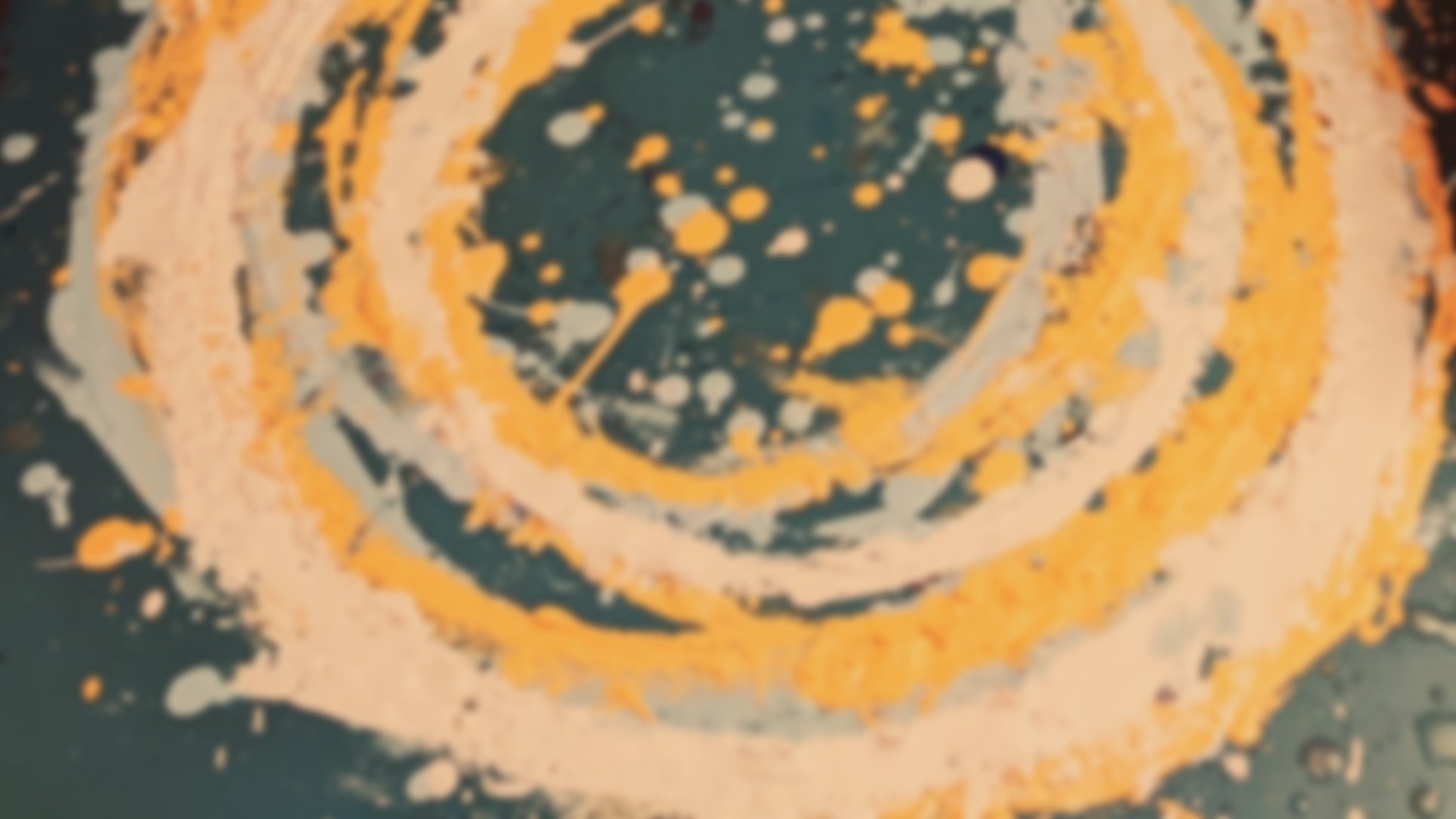
Artwork Descriptions
Artwork Descriptions are rooted in the practice of Image Description and Alt-text, but are tailored to an arts context. Alt-text and Image Description have been primarily used in digital spaces (websites and more recently social media) using a very utilitarian approach; these descriptions serve as a substitute for images, enabling blind people and people with low vision to engage with images in digital spaces. Additionally, some people who have cognitive disabilities or are neurodivergent find image descriptions helpful, since some imagery may be difficult to interpret or process.
In an arts context, artwork descriptions have taken on a new creative life, while still functioning as accessibility features for those who need them to engage with the work. Artwork descriptions can be added as accompaniment or iterative versions of many types of artwork including painting, sound art, photography, textiles, installation, video and film, and many other types of media.
While it’s recognized that many visual artists struggle with writing, taking the time to create artwork descriptions for your own work - or collaborating with someone who has stronger writing skills - is an excellent way to enrich your art practice, while also expanding your audience. Just as you have incorporated an artist statement into your art practice, you can view artwork descriptions (and accessibility features overall) as another important element of your professional art practice. A description for your artwork is both an expansion of your artist statement and an added layer of the art piece itself.
There are some general guidelines for all artwork descriptions, but depending on the broad category your artwork falls into, you will want to pair these descriptions with other accessibility features, such as alt-text or transcription.
The rest of the Artwork Description section is divided into two broad (imperfectly titled) categories - Visual Artwork (painting, sculpture, fibers, photography, etc.) and Time Based Media (sound art, video, film, performance, etc.)
What kind of Artwork Description would you like to learn about?
We recommend you start with the type of Artwork Description that best describes the artwork you tend to make most often, and branch out from there.
Visual Artwork includes
2D art such as painting, photography, printmaking, and textiles
3D art such as sculpture, glass, ceramics, and installation.
If your artwork has any sound or video elements, you should plan to learn about Time Based Media Descriptions, as well, since you will need to create a hybrid of the two categories.
Time Based Media includes
Artwork such as sound art, video and film, and music - anything with an audio or video element
Installations or other works that might also fit into the Visual Artwork category will likely need a hybrid description
Performance Art can also benefit from a Time Based Media type description